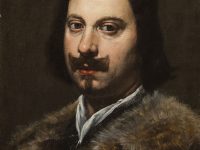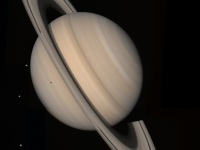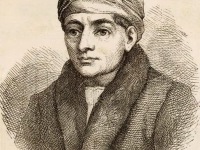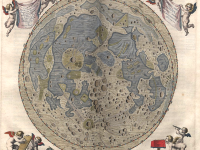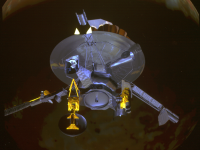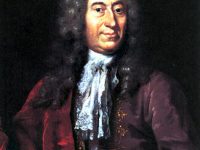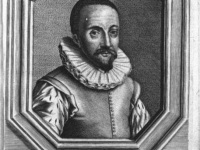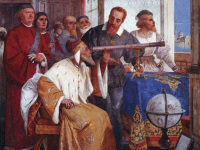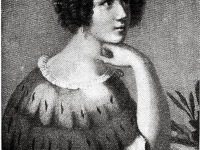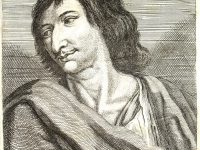Evangelista Torricelli and the Barometer
On October 15, 1608, Italian physicist and mathematician Evangelista Torricelli was born, best known for his invention of the barometer, but is also known for his advances in Optics. Evangelista Torricelli Background Evangelista Torricelli was born in Rome, the firstborn child of Gaspare Ruberti, a poor textile worker, and Giacoma Torricelli. His family was from Faenza in the Province of Ravenna, then part of the Papal States. His parents sent Evangelista to…
Read more

